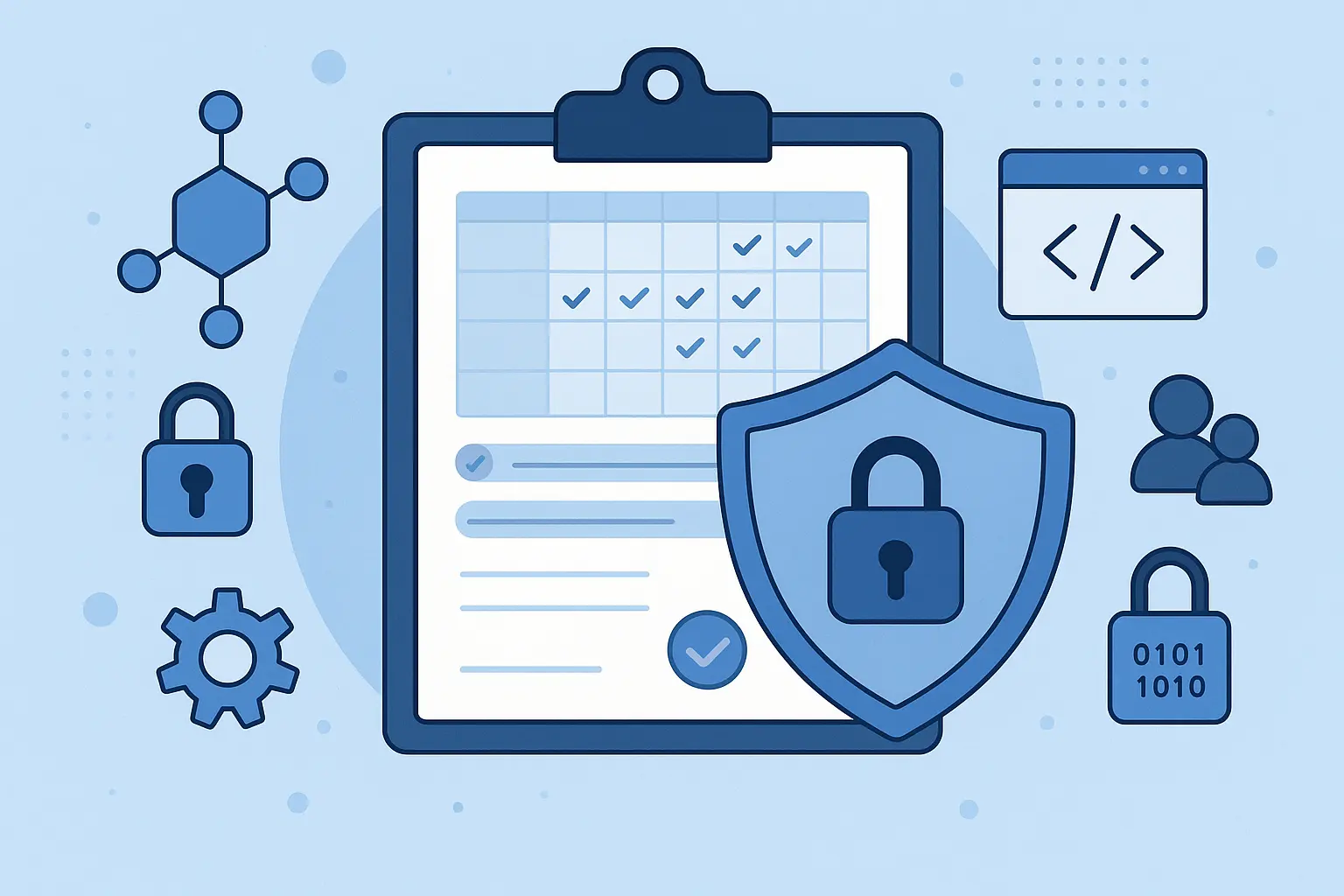Ensuring employee engagement is an essential element of organizational success. It directly impacts productivity, employee satisfaction, and the company’s bottom line. Throughout the years, employee engagement software has become a tool to foster engagement and drive growth. However, like any software, it requires performance optimization to guarantee speed and efficiency.
This blog post will delve into the strategies essential for achieving optimal performance in employee engagement software, focusing on LMS platforms.
For employee engagement solution companies, understanding these optimization techniques is paramount. By implementing these strategies, businesses can enhance their employees’ experience, elevate their productivity and job satisfaction, and, ultimately, contribute to the company’s growth and success. Let’s explore the fundamental steps and insights that can transform these software tools into powerful drivers of employee engagement and organizational achievement.
Recognizing the Significance of Performance Optimization
Performance optimization plays a role in ensuring the functionality of employee engagement software. It maximizes platform efficiency by reducing load times and minimizing downtime. Employees’ engagement and productivity can suffer when they experience loading speeds or system crashes. By tuning the software, organizations can provide a user experience that enhances employee engagement and drives organizational success.
Enhancing Database Performance
The database is the foundation of any employee engagement software. Organizations should concentrate on database design, indexing strategies, and query optimization to optimize performance. Efficient database design ensures data flow, while indexed tables expedite retrieval and processing. Additionally, there are ways to optimize queries and improve the performance of employee engagement software. These techniques include avoiding joins, optimizing aggregation queries, and implementing caching mechanisms for query results.
Scaling Infrastructure for Growing User Base
When it comes to scaling the infrastructure to handle a growing number of users, organizations have two options: vertical scaling and horizontal scaling. Vertical scaling involves increasing hardware resources, while horizontal scaling entails adding instances to distribute the workload. To further enhance scalability, load-balancing technologies and cloud-based infrastructure can be utilized. By implementing these measures, organizations can ensure performance during peak usage periods.
Implementing caching mechanisms is another way to enhance the speed and efficiency of employee engagement software. This involves storing accessed data in memory, reducing the need for frequent database queries. Techniques such as content caching, user session caching, and query result caching can achieve performance gains while reducing the load on the database server.
Optimizing Code for Peak Performance
Finally, code is crucial for achieving performance in employee engagement software. Following industry practices and coding standards can significantly improve speed and efficiency. Techniques like code profiling can help identify bottlenecks and areas for improvement so that critical sections of code can be optimized. In addition, it is important to minimize loops, reduce resource operations, and optimize memory usage to achieve significant performance improvements.
Improving Network Performance
The performance of employee engagement software can be significantly affected by network latency in distributed or globally dispersed organizations. Implementing techniques to optimize the network can reduce latency and improve performance. Strategies such as minimizing data size during transfers, compressing network payloads, and utilizing content delivery networks (CDNs) can significantly enhance network performance and decrease load times. Additionally, optimizing server configurations and leveraging advanced caching mechanisms can further streamline data retrieval processes, ensuring quicker response times for users. Regular monitoring and analysis of network traffic patterns also enable organizations to identify and proactively address bottlenecks, enhancing overall system efficiency.
Regular Monitoring and Analysis
Performance tuning is a process that requires monitoring and analysis of key performance indicators (KPIs). To identify bottlenecks and areas for improvement, tools like performance monitors, log analyzers, and application performance management (APM) solutions are invaluable for providing insights into system performance. Organizations can address performance issues by conducting timely analysis before they negatively impact user experience or employee engagement.
Factors Determining the Effectiveness of Employee Engagement Software
While employee engagement software is today an indispensable tool for many organizations and businesses, it’s not a magical solution. In order to quantifiably boost performance and productivity while improving the overall work experience for employees, organizations must understand that the success of such software depends on much more than simply its technical capabilities. In order to achieve optimal results and enable the development of a highly engaged workforce, there are a number of things to keep in mind:
- User-centric Design – One of the most important factors determining the successful implementation of employee engagement software solutions is user-centric design. The interface, along with navigation, layout, and menu options, must be created based on comprehensive research and careful consideration. An intuitive and user-friendly experience not only enables heightened engagement but also caters to the specific needs of every individual. A poorly designed software solution not only proves to be ineffective in achieving the desired outcome but also ends up being a waste of time, money, and other resources.
- Accessibility and Inclusivity – The second step involves ensuring equitable access and inclusivity for all. All employees, regardless of their individual abilities and challenges, must be able to contribute and participate easily. It’s not just about complying with regulatory requirements but involves creating an inclusive environment that caters to each of their needs. Features like screen reader compatibility, keyboard navigation, and other assistive technologies can promote a more diverse and engaged workforce.
- Compatibility and Seamlessness – The software solution you choose to implement must be compatible not only with the existing technology and solutions in place but also with the culture, values, and goals of the organization. Instead of attempting to reinvent the wheel completely and disrupt all existing processes and systems in place, it should work with them by supporting and enhancing their effectiveness. This will automatically make it easier for your employees to embrace the benefits offered by the software and integrate it into their everyday routines.
- Support and Feedback – Providing a convenient medium for user support and feedback is an integral part of any kind of technology implementation, and employee engagement software is no exception. Utilizing features in employee recognition software to gather real-time feedback can help ensure the software is meeting employee needs and improving overall engagement. Encouraging employees to provide feedback while voicing their concerns and presenting suggestions for improvement creates a culture of consistent and constant improvement. Timely responses and acknowledgment help employees see that they are truly valued by their employer, who listens to them and acts upon their inputs. This further motivates them to engage with their work and invest in the relationship they have with it.
- Managing Change and Resistance – Lastly, change might be the only constant, but that’s easier said than done when it comes to embracing it. Any kind of change comes with a reasonable amount of discomfort and resistance, especially when one has had a lived experience of disappointment with bureaucratic changes and developments. Hence, an organization must take responsibility for making the transition as convenient as possible. A well-planned change management strategy can help reduce employee resistance significantly through personalized training, communication, and guidance.
Conclusion
Optimizing the speed and efficiency of employee engagement software enhances employee engagement and drives success. Organizations can achieve peak performance levels through techniques such as database optimization, infrastructure scaling, caching mechanisms implementation, code optimization, and network optimization strategies. Regular monitoring and analysis further ensure sustained optimal system performance. Organizations can achieve employee engagement and overall organizational growth by focusing on performance tuning, which results in a user experience.








